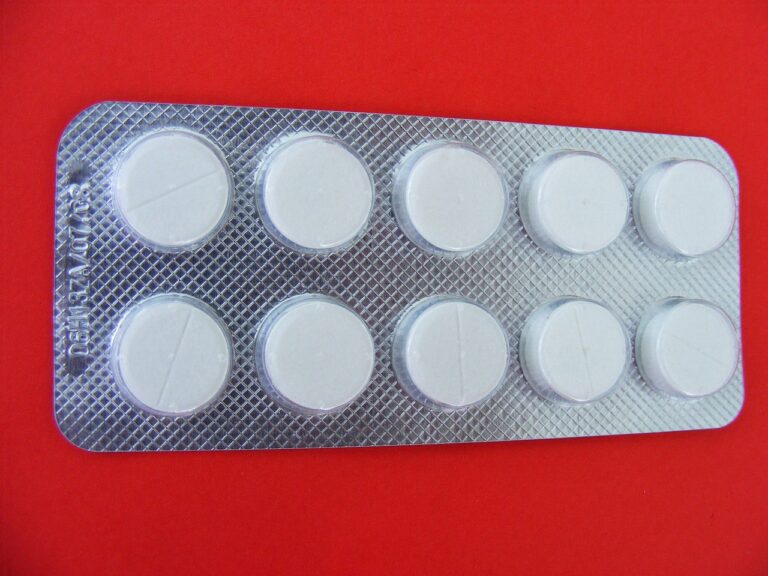The Role of Technology in Disease Surveillance
Traditional disease surveillance methods often face challenges due to their reliance on manual data collection processes. This leads to delays in data reporting and analysis, hindering the ability to quickly detect and respond to disease outbreaks. Additionally, the limited accessibility of healthcare facilities in remote areas can result in underreporting of cases, creating gaps in the surveillance data.
Furthermore, the lack of interoperability among different data systems used by various healthcare facilities and public health agencies can impede the sharing of information and coordination of response efforts. This fragmentation of data hinders the timely and accurate monitoring of disease trends, making it difficult to implement targeted interventions to control the spread of diseases effectively.
Advantages of Using Technology in Disease Surveillance
With advancements in technology, disease surveillance has become more efficient and accurate. Utilizing technologies such as big data analytics and artificial intelligence allows for real-time monitoring of disease outbreaks. This timely information enables authorities to implement necessary preventive measures swiftly and effectively.
Moreover, technology enhances data collection and analysis processes in disease surveillance. Modern tools enable the collection of vast amounts of data from various sources, which can be analyzed to identify patterns and detect potential threats early on. This predictive capability is invaluable in preventing the spread of diseases and safeguarding public health.
What are some challenges in traditional disease surveillance methods?
Some challenges in traditional disease surveillance methods include limited data collection and analysis capabilities, slow response times, and incomplete or inaccurate information.
How can technology improve disease surveillance?
Technology can improve disease surveillance by providing real-time data collection and analysis, enabling faster response times, and enhancing the accuracy and completeness of information.
What are some examples of technology used in disease surveillance?
Examples of technology used in disease surveillance include mobile apps for data collection, geographic information systems (GIS) for mapping and tracking outbreaks, and artificial intelligence for analyzing large datasets.
How does technology help in early detection of disease outbreaks?
Technology helps in early detection of disease outbreaks by providing real-time monitoring of data from various sources, allowing for quick identification of unusual patterns or trends that may indicate an outbreak.
Can technology improve collaboration between different agencies involved in disease surveillance?
Yes, technology can improve collaboration between different agencies involved in disease surveillance by facilitating data sharing, communication, and coordination efforts in a more efficient and timely manner.





